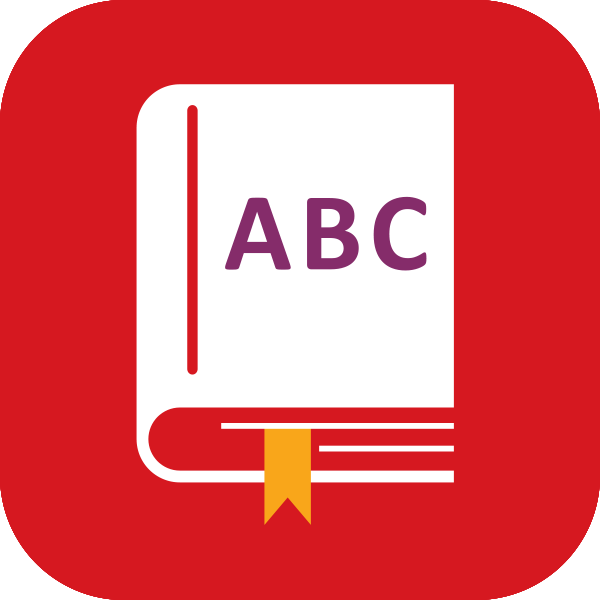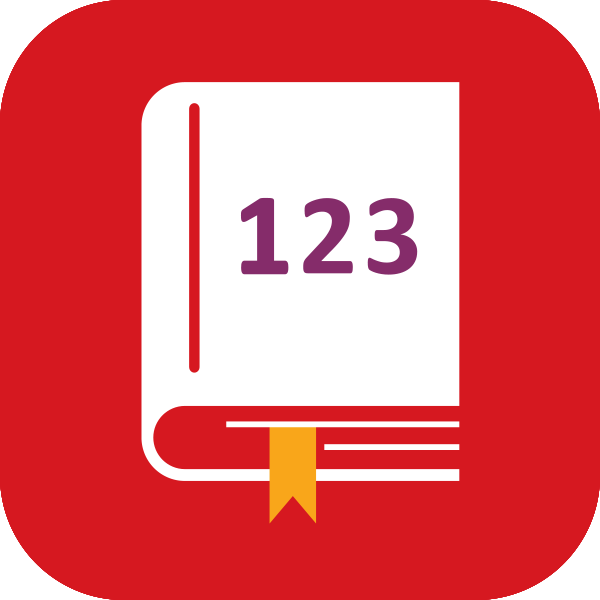One of the biggest challenges facing schools at the moment is plugging gaps from children’s recent educational experiences. We knew, even while delivering remote learning, that pupils were accessing our lessons with different technology, motivation and support. In many schools some children were picking and choosing which lessons they were participating in – avoiding those which they thought were too hard. This means that teachers are having to look at much more individual levels of differentiation and where gaps are.
Another impact of these gaps can occur when schools are looking at cohort level sets of data. As teachers look at year group data, they may compare it to previous cohorts in order to identify how children are progressing and what more needs to be done. Currently, it can be hard to know if those gaps are due to a general lack of understanding or learning missing due to lockdowns.
An effective starting point for identifying these gaps is in the use of formal summative assessment as, for many children, this is an example of what they can do independently. The Progress Test in English (PTE) and Progress Test in Maths (PTM) from GL Assessment come with a number of powerful tools the schools can use to deal with the issues raised above.
The Standard Age Score
There are a wide range of reports available for schools who undertake PTE and PTM. Two of the most important are the question level analysis and the SAS (Standard Age Score). This score allows direct comparison between the individual/cohort and the sample that the test has been standardised against.
This nationally representative sample is an extremely powerful tool for a school that is almost impossible to replicate without using tests provided by a national organisation such as GL Assessment. Therefore, when a school or teacher are looking at reports, they can identify where the child/group/cohort are in comparison to a ‘norm’ and can adapt their teaching to support this.
Individually, the SAS can be used to compare the child’s score against the national cohort. For example, a key group that Ofsted are looking at are the ‘bottom 20%’ nationally – the SAS can be used to identify these children swiftly, as they will have an SAS significantly below 100. It is also an effective starting point for identifying SEND or able, gifted and talented children, as it accounts for age as well as the raw score – children are being compared to others of their age rather than someone who, even though they are in the same year group, may be nearly a year older. Moreover, each child’s SAS can be used to identify where they are in terms of their educational milestones and the results of the tests can be used to support parents’ understanding of how their child is progressing.
The cohort level SAS has also been particularly useful for our baselines this year. Within Year 3, for example, the children’s formal schooling was particularly impacted by lockdowns, so some of the gaps we have found have been in their ability to learn within the classroom with other children, on a set timetable, or having the stamina for sustained learning. By looking at their SAS, we have been able to establish that the academic ability of the whole year group is at the national expectation. This meant that we made adaptations to promote learning skills in lessons rather than necessarily having to differentiate down when we found children were struggling.
Question-level analysis
A second vital tool is the question level analysis that is provided. For both PTE and PTM, each individual child will receive information on the questions they have got correct and incorrect. This is an excellent way of giving teachers a clear picture of where children’s individual gaps are. The cohort QLA allows teachers to organise their curriculum more effectively around the gaps children have or even where the children are excelling. At the SLT level, this is extremely important. When a school gets their End of Key Stage results, it comes with a question level analysis of the how the school did compared to all other schools. This then benefits the school as we can look at where our teaching went well and where can make improvements.
The reports for PTE and PTM allow a school to complete this process at every stage of a child’s educational journey, so that they can intervene more swiftly and effectively. We can look at year group trends to feed backwards and forwards on what is going well or needs to be improved and, in a school with more than one class, how different classes are performing.
Through comparing both SAS and the question level analysis, schools can look at the effectiveness of their interventions at the level of the intervention (e.g. how well did our extra work on fractions impact on their ability to answer questions in this area?) and the effect this had on their overall attainment in maths. This understanding can then feed forward into a new class – allowing that teacher to adapt their teaching and planning in a practical way – and allow previous teachers to evaluate their delivery of support.
In summary, we use PTM and PTE for a number of purposes:
- We use the SAS at an individual level to guide us in identifying need.
- We use the SAS at a cohort level to give us an understanding of the general academic ability and how we need to adapt planning.
- We use the individual QLAs to identify gaps in understanding leading to improved interventions and differentiation.
- We use the cohort QLAs to further refine planning and to make our use of the limited curriculum time more efficient.
Crosshall Junior School is one of our Centres of Assessment Excellence




